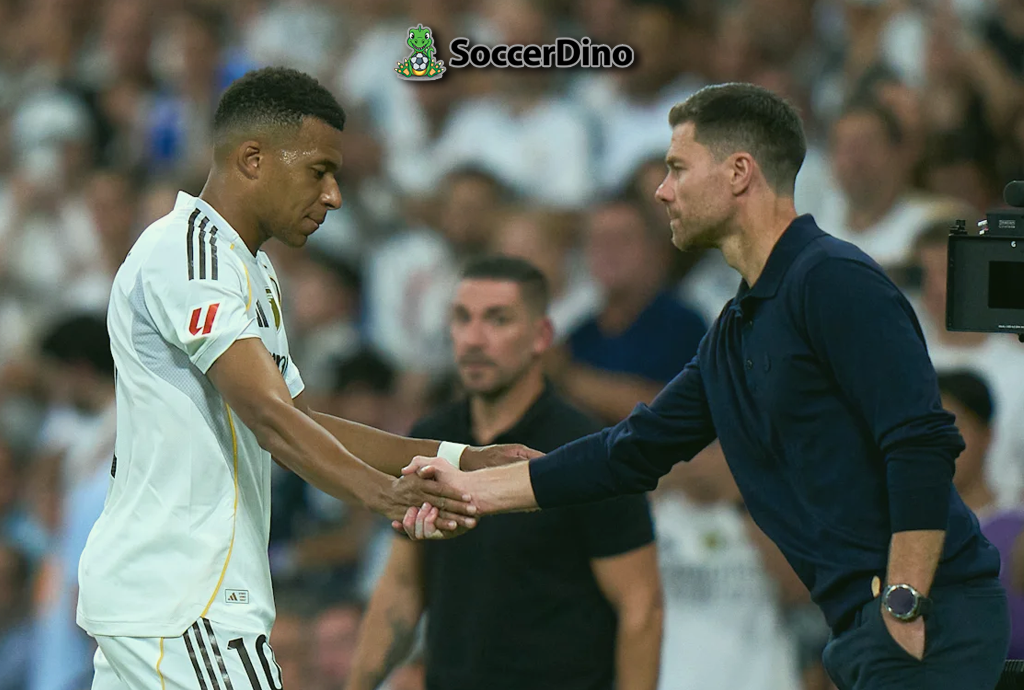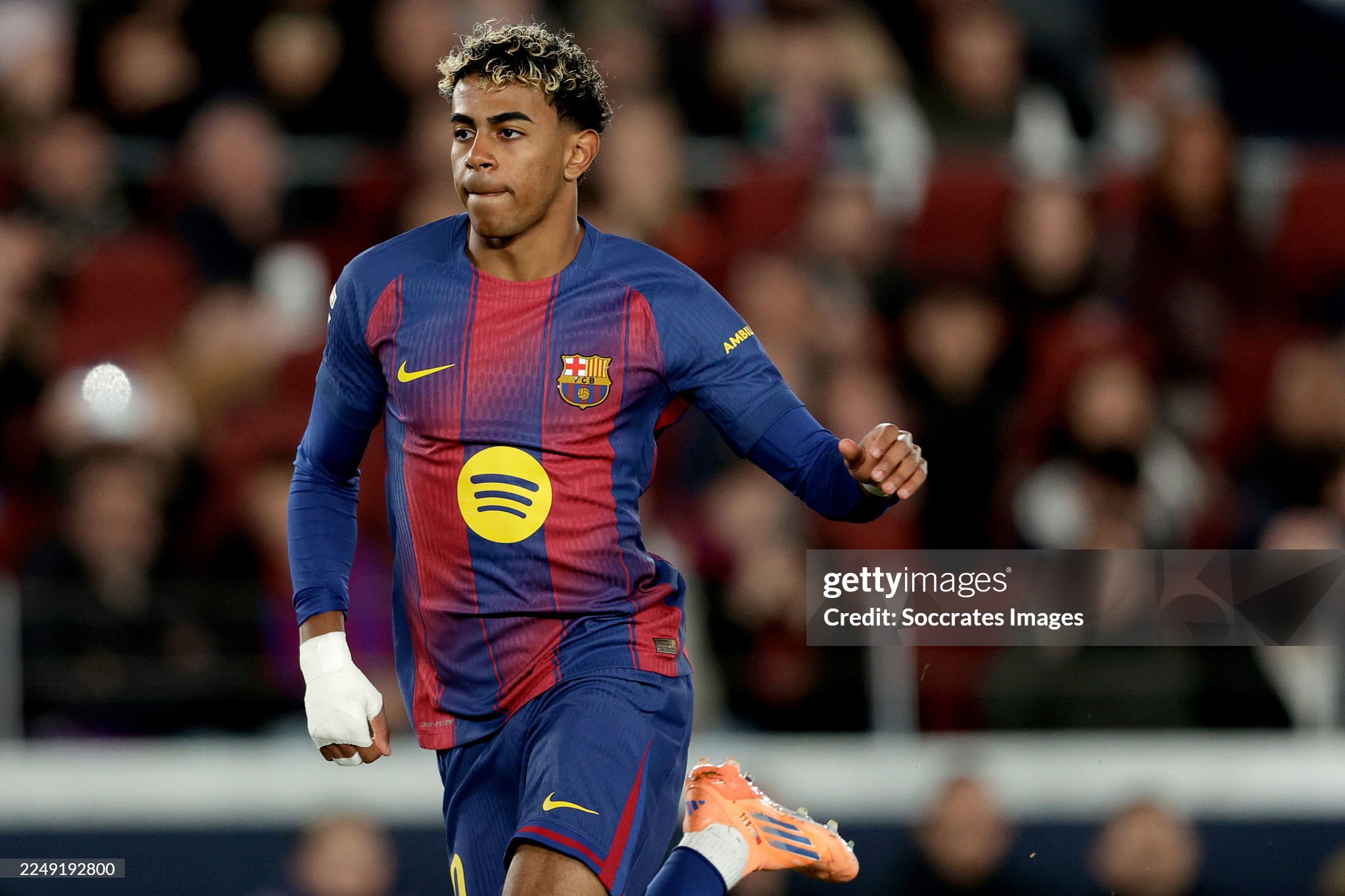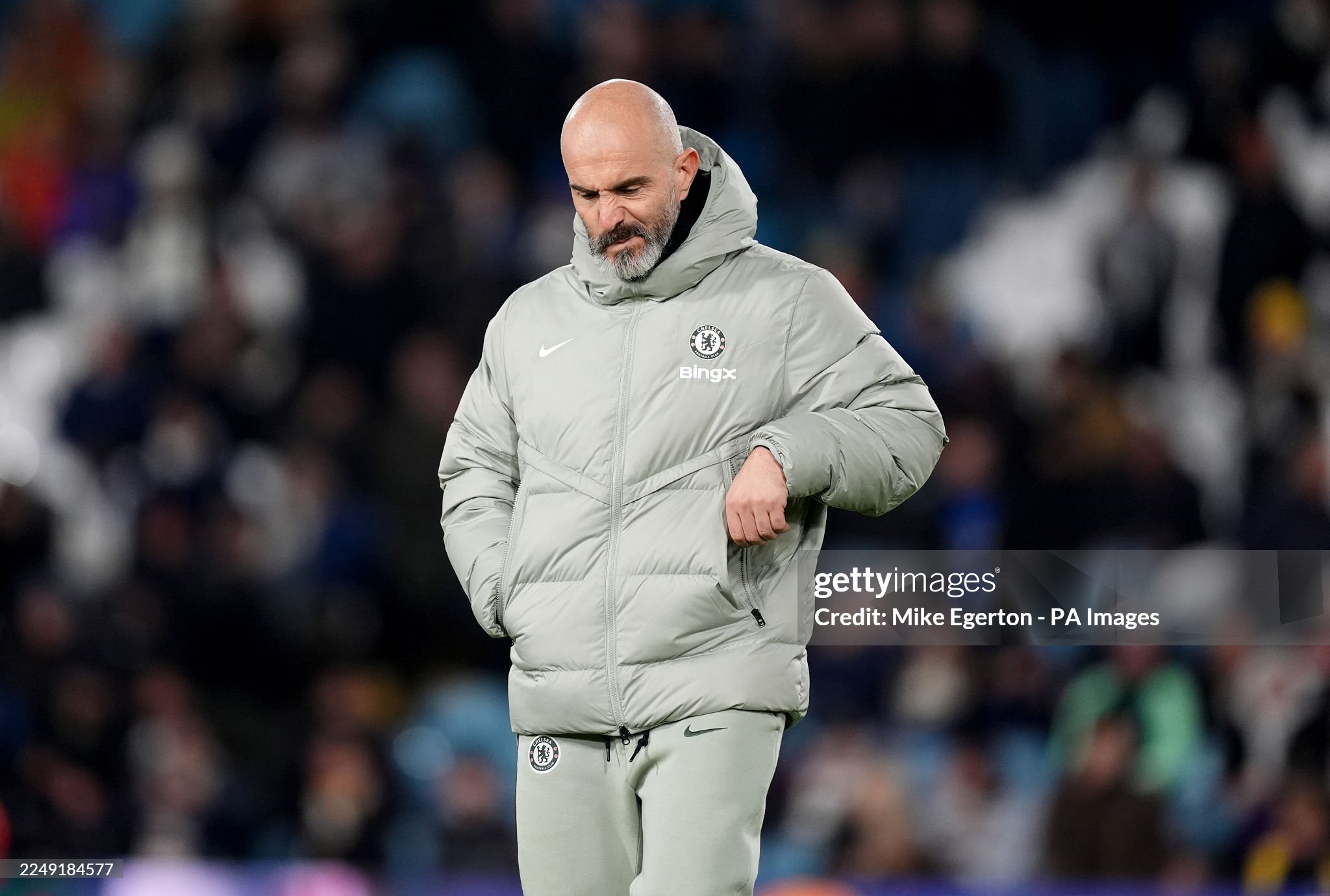Japan beat Brazil 3 to 2 in Tokyo after trailing 2 to 0 at halftime, securing a first ever victory over the Seleção with second half goals from Minamino, Nakamura and Ueda.

Brazil’s night in Tokyo turned from comfortable to chaotic in the space of nineteen second half minutes, and the fallout will occupy Carlo Ancelotti’s staff far longer than the ninety minutes did.
Already qualified for the 2026 World Cup and fresh from a five goal win over South Korea, the Seleção led Japan by two at halftime through composed finishes from Paulo Henrique and Gabriel Martinelli. The match then flipped on its head as Japan scored three times through Takumi Minamino, Keito Nakamura and Ayase Ueda to seal a historic first win over Brazil at the fourteenth attempt. The narrative is simple on the surface yet revealing underneath. Brazil controlled the first phase, lost compactness after the interval, and never fully recovered their structure once transitions began to tilt toward the home side.
The opening half showed a version of Brazil that has become familiar in friendlies under Ancelotti. Circulation was calm rather than hurried, the first pass forward was chosen rather than forced, and the wide players received with space to turn. Paulo Henrique’s strike on twenty six minutes rewarded a sequence that began with an aggressive counter press and a clean vertical pass into the inside channel. The second goal six minutes later reflected a similar idea from the other flank. Martinelli’s diagonal run drew the near center back, the fullback was caught between stepping and holding the line, and the finish was decisive. Those moments created the impression of a routine night. Japan had their spells of possession but were kept away from central progressions, and debutant goalkeeper Hugo Sousa faced little direct danger.
After the break Japan adjusted their distances and their courage. The midfield stepped three or four meters higher, which sounds small but mattered a great deal. That subtle shift compressed the space that Brazil enjoyed between the lines and generated second balls in areas that hurt. When Brazil lost possession, the first defender sometimes delayed the counter but the support behind him did not arrive quickly enough. That was the beginning of the slide. Minamino’s goal on fifty two minutes followed a ragged sequence that included a deflection off Fabrício Bruno. It was not pretty, which was precisely the point. Japan turned the match into a series of imperfect actions where persistence was rewarded and where Brazil’s earlier control no longer guaranteed safety.
The equalizer ten minutes later arrived with a sense of inevitability once the home crowd felt the tide changing. Nakamura took responsibility in the final third, shot decisively, and received another small nudge from fortune as the ball again took a touch off Fabrício Bruno. Brazil were now running toward their own goal more often than they were setting up their possession structure. Instead of settling the ball and restoring rhythm, they met a Japan team that sensed fragility and refused to let tempo drop. The winner on seventy one minutes was a classic striker’s goal from Ueda, a header guided into the far corner after smart movement separated him from his marker. The cross arrived before the Brazilian block had reset, and the punishment was immediate.
Ancelotti responded with changes intended to add a runner into the last line, more presence in the box and fresher legs on the left corridor. Estêvão offered thrust and one against one potential, Richarlison provided near post aggression and quick shots on limited touches, while Caio Henrique brought delivery and overlap angles from deep. The idea was coherent. Create width, pin the back line, open the cutback lanes and crash the box with a second wave. Japan’s response was mature. They blocked the middle with discipline, accepted that Brazil would have the ball, and defended their area with bodies in the right zones rather than chasing passing shadows. When they needed to break Brazil’s momentum they managed the moments with calm fouls and long clearances. By the final whistle the shot profile favored Japan, who had fewer passes yet created more finishes on target against a goalkeeper learning international speed in real time.
This defeat does not define Brazil’s cycle, but it does isolate themes that have surfaced in difficult moments. The first is spacing behind the ball. When the fullbacks push high and the interiors vacate the deepest midfield spaces, the holding player can be asked to smother too many lanes. That is solvable with sharper rest defense, a small drop from one interior, or a wider starting position from the weak side center back. The second is the need for better delay on the first defensive action after a turnover. Even a single heartbeat of delay allows the block to take two steps back and transform a sprint toward goal into a manageable defensive phase. The third is emotional. Brazil were twice stung by deflections and then conceded a header in the box. That sequence would rattle any side. The key is to detach process from bad bounces and reassert the plan rather than chasing the game with hopeful crosses.
There were positives worth carrying forward. Paulo Henrique’s poise in tight areas and Martinelli’s timing on diagonal runs continue to give Brazil a varied threat in the final third. The minutes for younger attackers, even in a setback, add layers of experience that tend to pay off months later when competitions resume. Hugo Sousa’s debut will read painfully in a headline but may prove valuable in the long run, since international decision speed in the box and on claimable crosses can only be learned under genuine pressure. The bench options showed intent as well. The staff trusted profiles that could change the way the last line was occupied rather than repeating the same shapes and hoping for a different outcome.
From Japan’s perspective the win will echo beyond a single night. Less possession did not mean less control of danger. Their second half shape protected the top of the box, their rotations into the half spaces created dilemmas for Brazilian center backs, and their forwards attacked the penalty area with clarity. Minamino’s role between lines repeatedly forced Brazil’s midfield to turn and chase. Nakamura’s readiness to shoot punished hesitation. Ueda’s timing supplied the final touch that big nights require. For a nation already qualified for the next World Cup, these are the markers of a team that understands how to turn compact defense into purposeful attack without wasting touches.
Context matters when easing a reaction. This window delivered two very different experiences for Brazil. A five goal stroll followed by a three two defeat after leading at the half does not imply confusion. It implies that the habits which produced the first result must be reproduced under duress to avoid the second. The staff will treat this as a film session about distances, triggers and game state management. The players will know the truth even before the meetings are scheduled. The difference between a routine friendly and a bruising lesson can be as small as three meters of compactness and a single delayed sprint.
If there is a silver lining, it is that the calendar allows reflection without panic. The relationships in midfield continue to grow, the wide players are producing chances, and the defensive block has clear fixes available through coaching rather than wholesale change. When the margins turn again in Brazil’s favor, the lesson from Tokyo will remain useful. Control is not the number of passes. Control is the ability to dictate where the next action happens. For forty five minutes Brazil did exactly that. For the next twenty five Japan did, and that decided everything.







